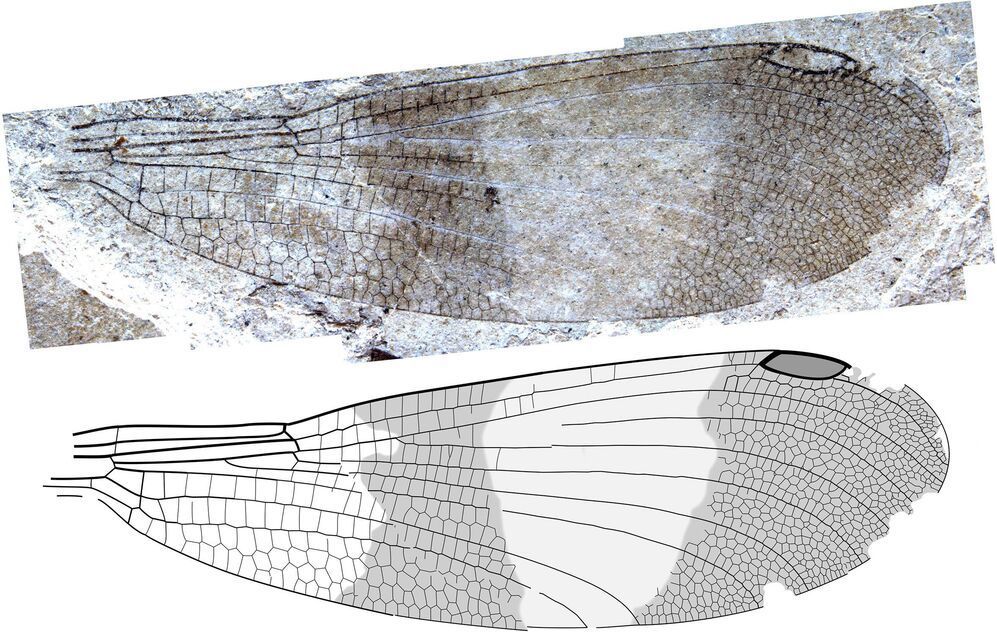Page 6764
Mar 7, 2021
Vision Impairment Is Associated With Mortality
Posted by Genevieve Klien in category: life extension
Summary: Meta-analysis reveals those who have visual impairments or are blind have a higher risk of mortality compared to peers with better vision. The study found mortality risk was 29% higher in those with mild visual impairment and rose to 89% higher for those with severe visual impairments.
Source: University of Michigan.
The global population is aging, and so are their eyes. In fact, the number of people with vision impairment and blindness is expected to more than double over the next 30 years.
Mar 7, 2021
In the Race to Hundreds of Qubits, Photons May Have “Quantum Advantage”
Posted by Genevieve Klien in categories: particle physics, quantum physics, supercomputing

Canadian startup Xanadu says their quantum computer is cloud-accessible, Python programmable, and ready to scale.
Quantum computers based on photons may have some advantages over electron-based machines, including operating at room temperature and not temperatures colder than that of deep space. Now, say scientists at quantum computing startup Xanadu, add one more advantage to the photon side of the ledger. Their photonic quantum computer, they say, could scale up to rival or even beat the fastest classical supercomputers—at least at some tasks.
Continue reading “In the Race to Hundreds of Qubits, Photons May Have ‘Quantum Advantage’” »
Mar 7, 2021
Life’s rich pattern: Researchers use sound to shape the future of printing
Posted by Genevieve Klien in categories: biotech/medical, computing, information science

Researchers in the UK have developed a way to coax microscopic particles and droplets into precise patterns by harnessing the power of sound in air. The implications for printing, especially in the fields of medicine and electronics, are far-reaching.
The scientists from the Universities of Bath and Bristol have shown that it’s possible to create precise, pre-determined patterns on surfaces from aerosol droplets or particles, using computer-controlled ultrasound. A paper describing the entirely new technique, called ‘sonolithography’, is published in Advanced Materials Technologies.
Continue reading “Life’s rich pattern: Researchers use sound to shape the future of printing” »
Mar 7, 2021
Scientists grow human-Neanderthal hybrid ‘minibrains’ in petri dishes
Posted by Genevieve Klien in categories: biotech/medical, genetics, neuroscience
SB Acharyya.
This is correct https://www.frontiersin.org/…/10…/fnhum.2010.00224/
Sesame seed-size brains created from a mix of human and Neanderthal genes lived briefly in petri dishes in a University of California, San Diego laboratory, offering tantalizing clues as to how the organs have evolved over millennia.
Continue reading “Scientists grow human-Neanderthal hybrid ‘minibrains’ in petri dishes” »
Mar 7, 2021
Thousands of Microsoft Customers May Have Been Victims of Hack Tied to China
Posted by Genevieve Klien in categories: business, cybercrime/malcode, government
The hackers started their attack in January but escalated their efforts in recent weeks, security experts say. Business and government agencies were affected.
Mar 7, 2021
Paleontologists Solve 150-Year-Old Mystery – And Discover New Insect Group
Posted by Genevieve Klien in category: food
SFU-led research team uncovers how fossil dragonfly relatives have been misclassified due to their striking similarity.
For more than 150 years, scientists have been incorrectly classifying a group of fossil insects as damselflies, the familiar cousins of dragonflies that flit around wetlands eating mosquitoes. While they are strikingly similar, these fossils have oddly shaped heads, which researchers have always attributed to distortion resulting from the fossilization process.
Now, however, a team of researchers led by Simon Fraser University (SFU) paleontologist Bruce Archibald has discovered they aren’t damselflies at all, but represent a major new insect group closely related to them.
Mar 7, 2021
New brain imaging research sheds light on the neural underpinnings of emotional intelligence
Posted by Genevieve Klien in categories: biotech/medical, computing, neuroscience
Recently published neuroimaging research provides evidence that the directional connectivity between several brain regions plays an important role in emotional processing abilities.
Although interest in emotional intelligence has been steadily growing since the 1990s, the underlying neural mechanisms behind it have yet to be clearly established. The new study, which appears in NeuroImage, is part of a process to begin to fill in this gap in scientific knowledge.
“Emotional intelligence is one of the least studied topics, especially in conjunction with cutting-edge computational neuroimaging techniques,” explained lead researcher Sahil Bajaj, the director of the Multimodal Clinical Neuroimaging Laboratory at Boys Town National Research Hospital.
Mar 7, 2021
Nanoprinted high-neuron-density optical linear perceptrons perform near-infrared inference on a CMOS chip
Posted by Genevieve Klien in categories: mobile phones, nanotechnology, robotics/AI, security
Today, machine learning permeates everyday life, with millions of users every day unlocking their phones through facial recognition or passing through AI-enabled automated security checks at airports and train stations. These tasks are possible thanks to sensors that collect optical information and feed it to a neural network in a computer.
Scientists in China have presented a new nanoscale AI optical circuit trained to perform unpowered all-optical inference at the speed of light for enhanced authentication solutions. Combining smart optical devices with imaging sensors, the system performs complex functions easily, achieving a neural density equal to 1/400th that of the human brain and a computational power more than 10 orders of magnitude higher than electronic processors.
Imagine empowering the sensors in everyday devices to perform artificial intelligence functions without a computer—as simply as putting glasses on them. The integrated holographic perceptrons developed by the research team at University of Shanghai for Science and Technology led by Professor Min Gu, a foreign member of the Chinese Academy of Engineering, can make that a reality. In the future, its neural density is expected to be 10 times that of human brain.
Mar 7, 2021
Pivotal Discovery Could Open New Field of Quantum Technology Called “Magnonics”
Posted by Genevieve Klien in categories: engineering, quantum physics
University of Chicago, Argonne scientists tame photon-magnon interactions In a first-of-its-kind discovery, researchers in the University of Chicago’s Pritzker School of Molecular Engineering and Argonne National Laboratory announced they can directly control the interactions between two types of q.















